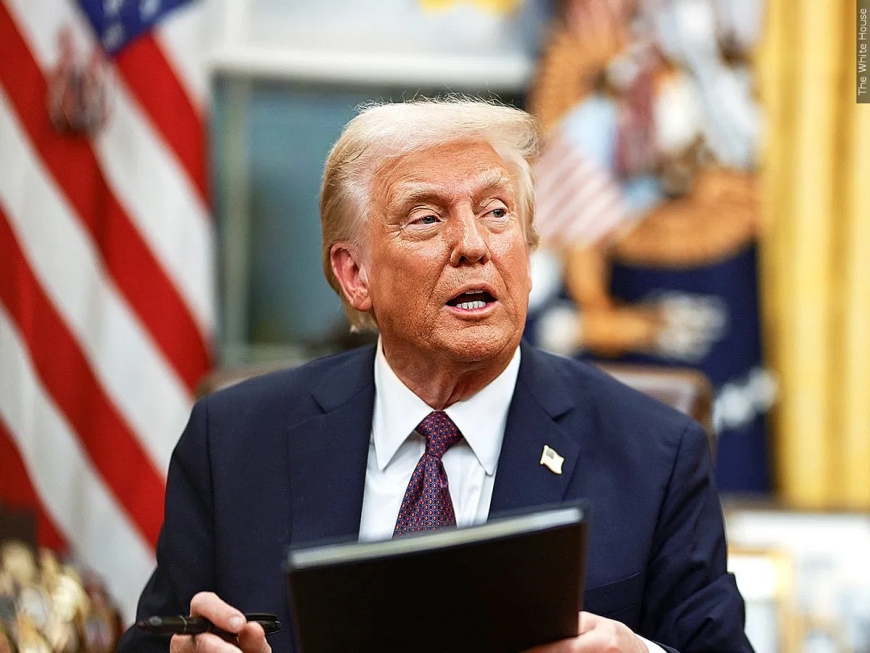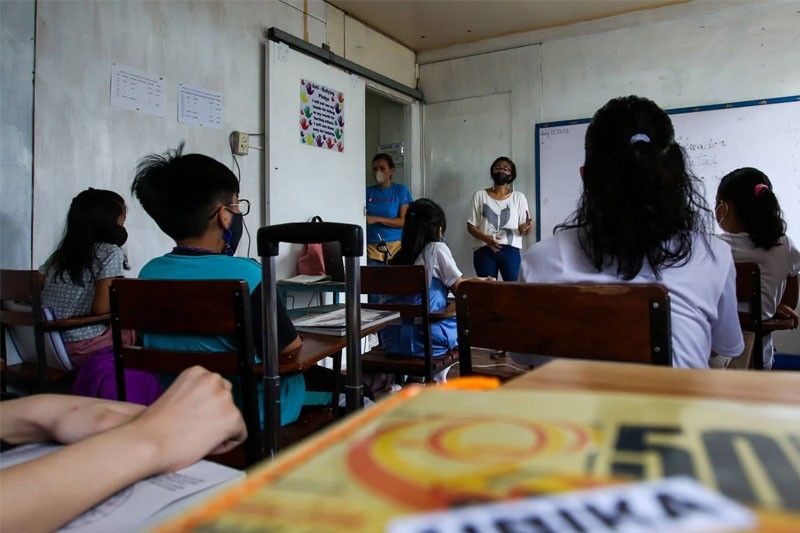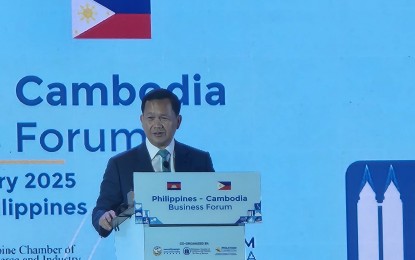Trump issues executive orders addressing antisemitism, education financing, and school choice.
In the week and a half since he’s been in office, Trump has signed a flurry of executive actions as he’s sought to remake the federal government and enact his sweeping “America First” agenda, with a particular target on so-called diversity, equity and inclusion programs.

In January 2025, President Donald Trump signed two significant executive orders aimed at reshaping the American educational landscape: "Ending Radical Indoctrination in K-12 Schooling" and "Expanding Educational Freedom and Opportunity for Families." These orders seek to eliminate certain educational content deemed "anti-American" and promote school choice initiatives, respectively.
Ending Radical Indoctrination in K-12 Schooling
The "Ending Radical Indoctrination in K-12 Schooling" executive order directs federal agencies to develop strategies to eliminate federal funding for schools that engage in what the administration considers "illegal and discriminatory treatment and indoctrination." This includes content based on "gender ideology" and "discriminatory equity ideology."
The order defines "discriminatory equity ideology" to encompass teachings that promote the idea that the United States is fundamentally racist or sexist, or that any individual is inherently oppressive due to their race or sex. It also targets the facilitation of social transitions for transgender minors, such as using preferred pronouns or names, labeling such actions as "unlawful facilitation." Educators found in violation could face criminal prosecution under charges like sexual exploitation of a minor or practicing medicine without a license.
Additionally, the order reinstates the 1776 Commission, originally established during Trump's first term, to promote "patriotic education."
Expanding Educational Freedom and Opportunity for Families
The "Expanding Educational Freedom and Opportunity for Families" executive order emphasizes the role of parents in directing their children's education. It directs federal agencies to explore ways to expand school choice, allowing public funds to be used for private or alternative educational institutions.
This initiative includes directing the Department of Education to provide guidelines on using federal funds to support scholarship programs for elementary students. The Department of Defense is tasked with developing a plan to allow military families to use DOD funding for schools of their choice. Similarly, the Department of the Interior and the Department of Health and Human Services are instructed to create plans to facilitate school choice for families with children in Bureau of Indian Education schools and to provide guidelines on using HHS funds for private or religious schools, respectively.
Implications and Reactions
Critics argue that these executive orders could lead to increased educational inequality by diverting funds from public schools to private institutions, potentially undermining public education. There are also concerns about the vague definitions of terms like "radical indoctrination," which could lead to the suppression of discussions on systemic racism, gender issues, and other critical topics in classrooms.
Supporters, however, believe these measures are necessary to promote parental rights and eliminate biased or politically motivated content from educational curricula. They argue that expanding school choice empowers families to select the best educational environments for their children, fostering competition and improvement among schools.
Legal experts anticipate challenges to these orders, particularly concerning the federal government's authority to dictate educational content and funding at the state and local levels. The balance between promoting educational freedom and ensuring equitable access to quality education remains a contentious issue as these policies are implemented.
What's Your Reaction?













/https://tf-cmsv2-smithsonianmag-media.s3.amazonaws.com/filer_public/54/66/546650fa-26a4-40fd-8d6d-5a7a04540f81/rosetta2.png)











































.jpg)



format(webp))
format(webp))



























